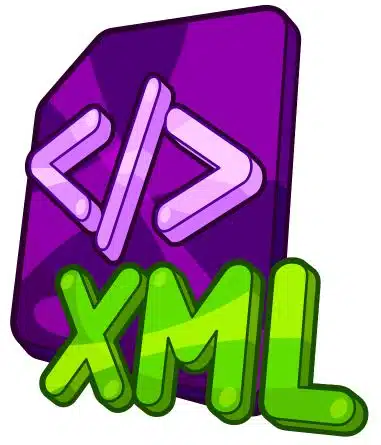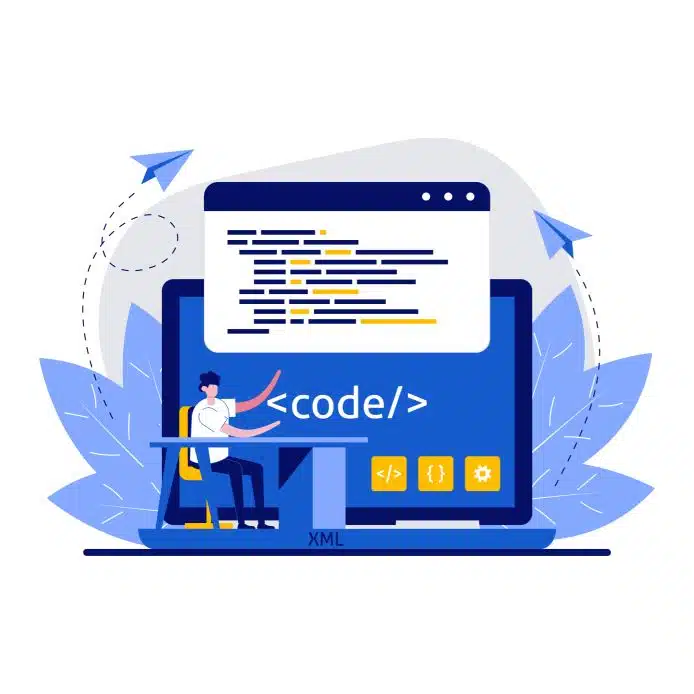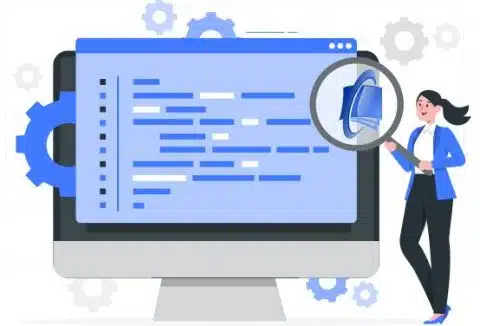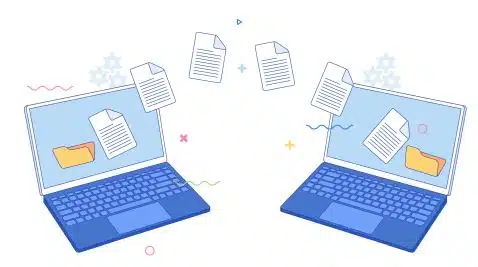Convert PDF to XML, why would you want to?
What XML can do for you
This article starts by asking why you would want to perform a PDF to XML conversion, what is the purpose of the conversion? This article takes a closer look at the question of “converting PDF to XML” when an XML conversion is useful and which approach is best to follow. In an ideal world, an online tool would work best, you upload your PDF and then get an XML back that you can use further, isn’t it great? Problem solved! At EasyData we look at this a little differently, because it is not that ‘easy’ in the eyes of data specialists, and we explain below the how and why of PDF to XML conversion.
XML, what is that?
XML is the abbreviation for: “Extensible Markup Language” and consists of a set of conventions that are used to transport data. Data in this case can be “everything”. You can even capture a photo in an XML file! That immediately makes such an XML file somewhat difficult to understand, many organizations know an XML file as a UBL file. A UBL XML is a file in which invoice information is stored, which is quite different from an image made during your sunny holiday. This example indicates the essence of this article, an XML in itself is nothing, it is the set of agreements within the “Extensible Markup Language” that makes the XML valuable.
More about “Extensible Markup Language”
XML is therefore a container concept into which every file on your computer can be fitted. If ‘everything is possible’, that doesn’t make the concept of XML any easier. EasyData has found a solution with PDFCommunicator. PDFCommunicator is an easy-to-use solution that allows you to turn a PDF into the desired XML. PDFCommunicator allows you to label the PDF file. After you have done that, the PDF can be saved exactly as you defined it. Every time a PDF file is presented to PDFCommunicator, PDFCommunicator will understand the file and convert it exactly to the desired XML structure.
The technology behind XML agreements
XML is considered an extensible language which is a free translation of “Extensible Markup Language”. The extensible aspect is reflected in the freedom to create your own XML labels: A separate label for each type of information you want to use. And that fact gives you the space and makes XML so popular to transfer, retrieve and of course export data in any form platform independent to any application and database. Important to note, the XML tags themselves do not contain any information about how the data should be displayed. An XML tag is defined by convention to identify the content.
An XML message
After the XML has been created, the data is labeled and sent to the receiving party. For example, the recipient can use the defined XML labels to know which data is included with the relevant labels. That is why we refer to an XML file as an XML message or an XML file. You can share this XML file with anyone else who understands the XML conventions (read labels). For example, to stay with the same example, you can recognize an invoice in which, according to the UBL XML message, send agreements to a recipient who then effortlessly reads this file into the desired application such as an accounting system.
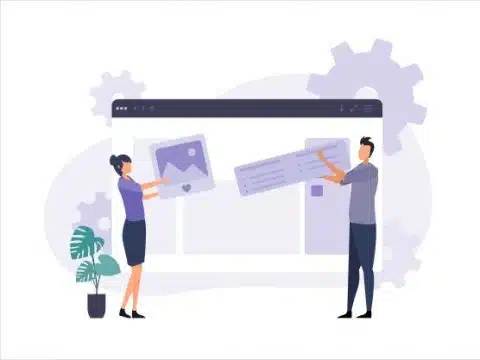
Important for conversion
In summary, an XML is a collection of conventions that makes different types of data platform independently transferable. It is important that the sender and recipient have made agreements in advance about how the XML is designed by means of ‘Labels’. The labels represent the agreements behind which the data is clearly displayed in accordance with the XML agreements made.
XML Element
As an example, we take another invoice and take the element for the VAT number: <cbc:CompanyID>NL8083.46.775.B01</cbc:CompanyID>
In this case, we know that the company associated with this number is EasyData. This IBAN number is included with the agreed label (also known as an XML tag) and is therefore directly traceable to the organization that sent the invoice. Such an XML UBL element is also defined for line recognition. For example, other XML elements are logically traceable in the UBL standard:
<cbc:LineExtensionAmount currencyID=”EUR“>7220.01</cbc:LineExtensionAmount>
<cbc:TaxAmount currencyID=”EUR“>1516.20</cbc:TaxAmount>
<cbc:Name>NL, Hoog Tarief</cbc:Name>
EasyData Data Specialists
This article tries to make it clear that ‘just’ converting PDF to XML is a less useful activity. On the other hand, smart methods are conceivable. Think cost effective (so not insanely expensive) PDF to XML conversions for your organization. PDFCommunicator or EasySeparate are solutions for this that can be used effectively depending on your wishes.
XML experience is not necessary
If you have no experience with XML and you do not know exactly which XML scheme is required for your application, we are happy to assist you with XML conversion. And we don’t shy away from providing the necessary technology for export and any desired XML import. EasyData provides the expertise and technology to optimally arrange your business process!
Feel free to contact us for an exploratory meeting.

